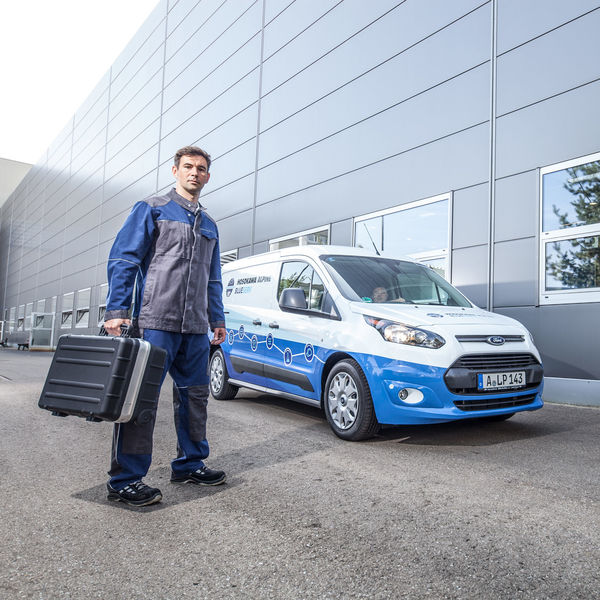When charging and discharging a lithium-ion battery, the lithium ions move from the cathode to the anode and back again. The cathode and anode of a battery are made of different materials. A wide variety of lithium compounds (e.g. LCO, NMC, NCA or LFP) are used in the cathode. Graphite or lithium titanate form an essential component of the anode. Together with its partners from the entire Hosokawa Micron Group, Hosokawa Alpine has developed special processes for the lithium compounds as well as the rounding of graphite.
- Complete solutions for raw materials used in batteries
- Processes for cathode and anode material of lithium-ion batteries
- Technologies for optimising battery performance: charging time, storage capacity, service life
- Contamination-free grinding with classifier mills and/or fluidised bed opposed jet mills
- Rounding of synthetic graphite and natural graphite
We need your permission to load video content from YouTube.
This service may collect information about your activities. Please read the details and agree to use the service to view this video.
More information
Accept
Raw materials used in batteries such as nickel, manganese or cobalt oxide first need to be dried. Our partner Hosokawa Micron B.V. in the Netherlands has the right solutions for this process. The Drymeister DMR flash dryer or the CPD conical paddle dryer are best suited here to remove moisture from slurries and filter cakes.
The next step is ultra-fine grinding of the active substances. This is because, when it comes to particle size, two things are especially important: precisely defined particle size distribution and particles that are as small as possible. Ultra-fine grinding of the active powders creates smaller particles with a larger surface area. This ensures optimum battery performance. The batteries can be charged faster, enjoy a longer service life and higher capacity. Two mills from Hosokawa Alpine are particularly suitable for ultra-fine grinding. the classifier mill ACM and the fluidised opposed jet mill AFG.
The special ceramic design of the classifier mill ACM protects the mill against wear and tear, ensuring high product purity.
- Grinding and classifying in one machine
- Cool and contamination-free grinding
- Steep particle size distribution
- Sharp and easily adjustable precision of cut
- Easy cleaning and maintenance
- Low specific energy consumption
The fluidised bed opposed jet mill AFG produces powders with steep particle size distribution and sharp top size limitation in the range < 5 µm – 200 µm.
- Grinding nozzles arranged around the periphery of the grinding chamber
- Classifier wheel(s) arranged horizontally in the classifier top section
- Cool and contamination-free grinding
- Cleaning made easy by the hinge-back and removable classifier top section
Both mills are suitable for processing the cathode material (e.g., lithium nickel manganese cobalt oxide) as well as the anode material (e.g., graphite, silicone).
To make optimal use of the valuable raw material graphite, it requires rounding. This offers crucial advantages: Rounding of the graphite increases tap density, thereby improving the storage capacity and the fast-charging capability of the battery anode. It also increases the service life of the batteries. In addition, it improves the intercalation kinetics – and thus the conductivity – of the lithium ions in the battery anode Hosokawa Alpine has developed machines for rounding synthetic graphite and natural graphite: the classifier mill Zirkoplex ZPS and the Alpine Particle Rounder APR.
- Yields up to 90%: low loss of the valuable raw material
- High throughputs
- High tap densities for higher storage capacity
- Different target finenesses possible (x50 = 10 – 12 µm; x50 = 15–16 µm; x50 = 18–22 µm)
- Low specific energy consumption
- Low BET values
- Short process times
- High throughputs
- Yields up to 80%: low loss of graphite
- Different target finenesses possible (x50 = 10 – 12 µm; x50 = 15–16 µm; x50 = 18–22 µm)
- Low specific energy consumption
- Low BET values
Mixers with high shear force are used for coating the electrode materials. They not only ensure a homogeneous mixture of materials, but also optimised coating with carbon black and binders, so that the conductivity of the battery is further improved. This is where the technologies of our Dutch partner Hosokawa Micron B.V. come into play. The high-shear impact mixer Cyclomix, the modular paddle mixer Modulomix or the conical screw mixer Nauta are all suitable here.
Do you have specific requirements for your processing system for battery precursors? Then contact us! Together, we will find the solution that best suits you.
Join us for a conversation



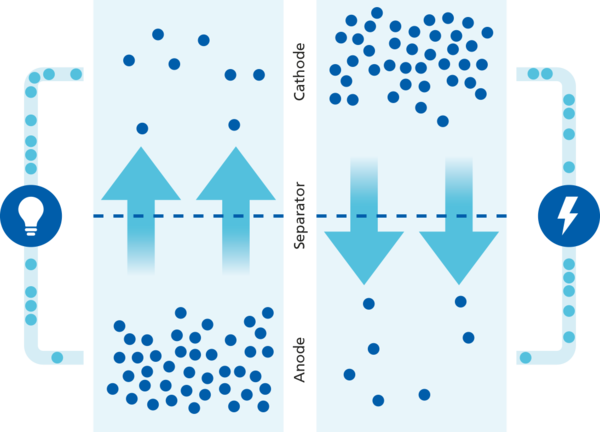
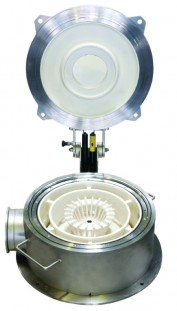
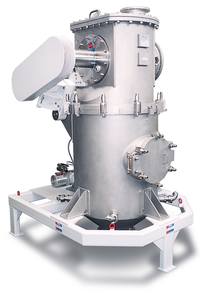
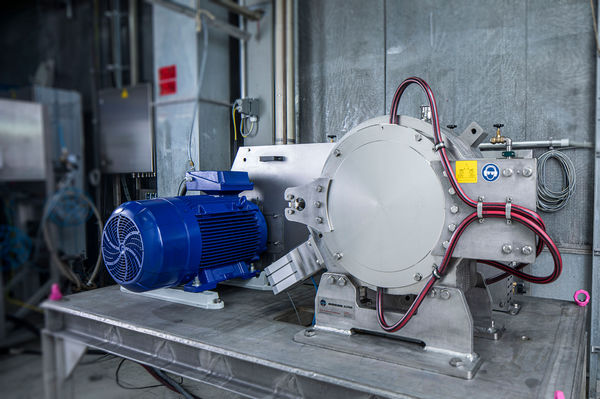

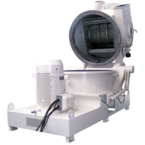
![[Translate to English:] ACM](/fileadmin/_processed_/e/7/csm_ACM-40-CL_7a8abe7599.png)


